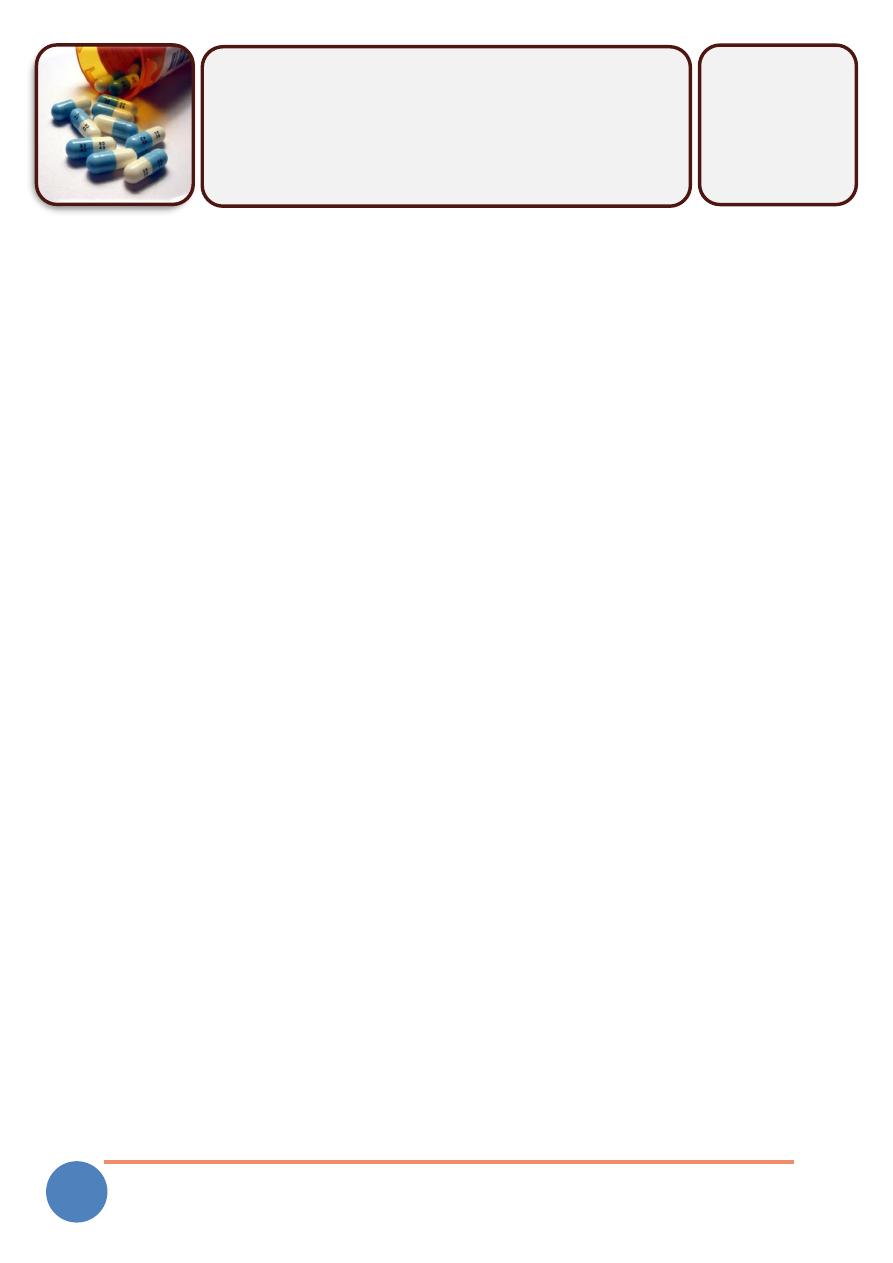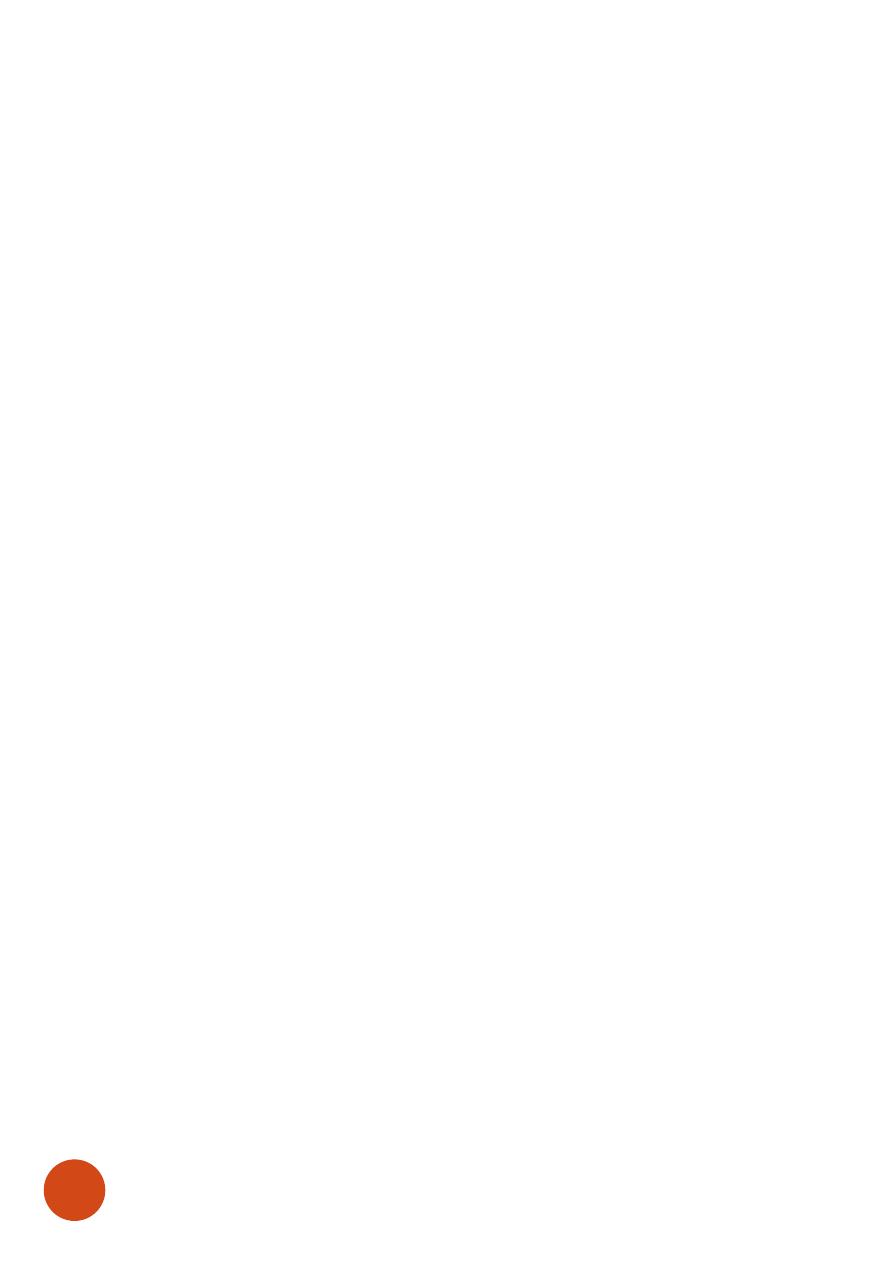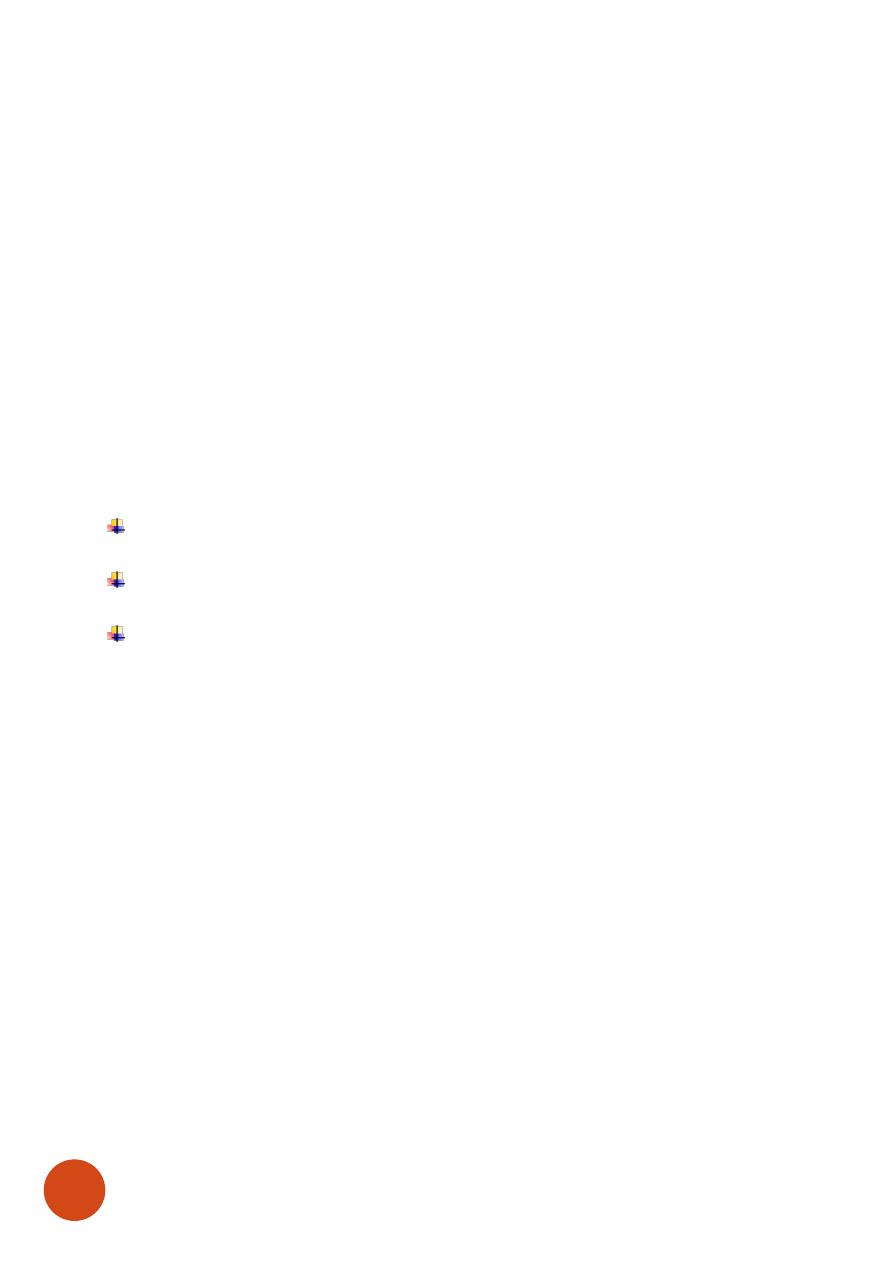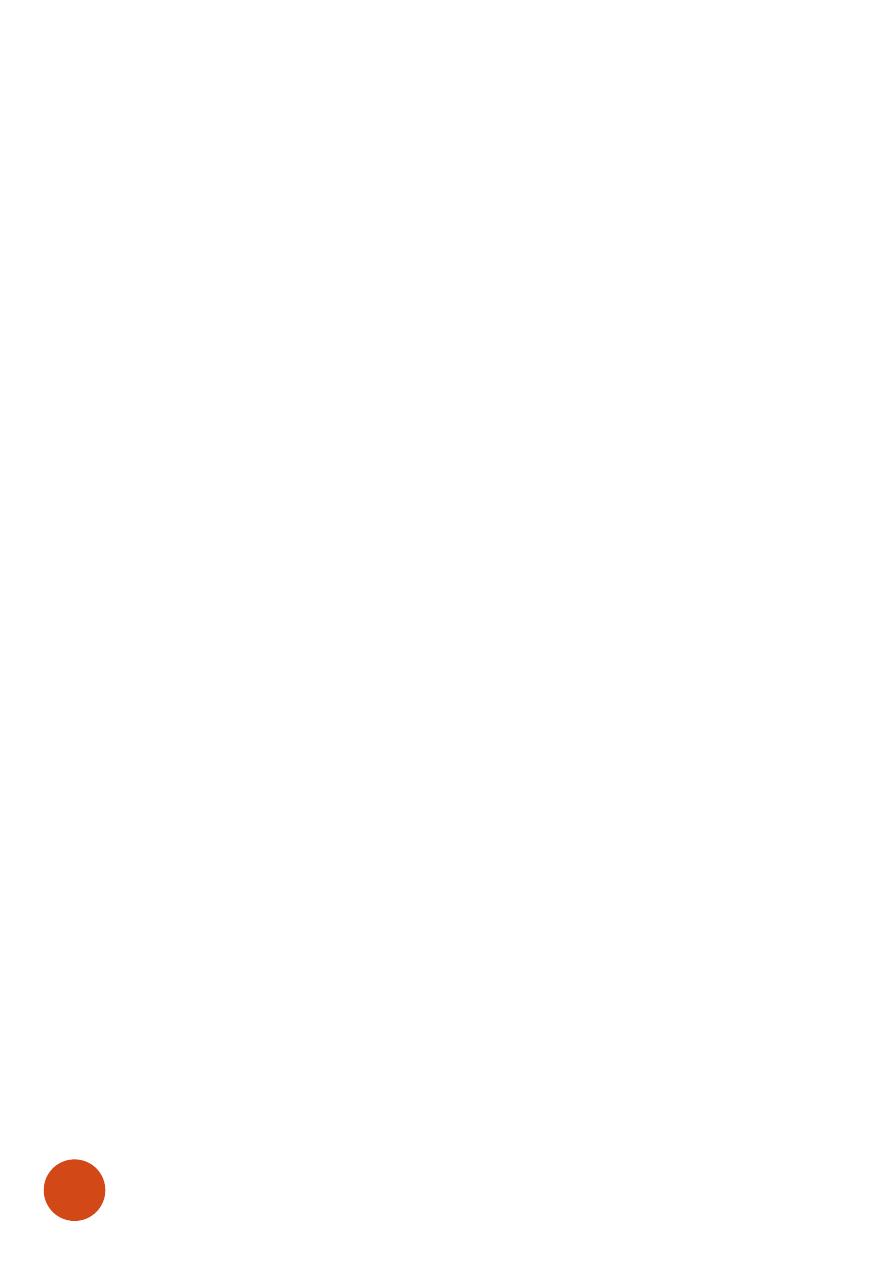
1
B
y:
M
oh
am
m
ed
S
al
im
Pharmacology
Dr. Abdullah
23/09/2013
Introduction to Pharmacology
The Drug
Generally, a drug is any chemical agent that interacts with living processes and
used because of this action in the treatment, prevention, or diagnosis of disease
(biologically active substance)
Treatment could be: curative (as antibiotics in bacterial infections) or suppressive
(as in treatment of hypertension, diabetes, epilepsy..
Prevention: e.g. malaria, Tb contacts, aspirin after myocardial infarction …
Diagnosis: e.g. edrophonium (short-acting anticholinesterase) in the diagnosis of
myasthenia gravis
Sources of drugs
A drug may occur naturally in animals e.g. insulin or plants: e.g. morphine from
opium
It may be semi-synthetic e.g. aspirin from salicylates or wholly synthetic e.g.
phenobarbitone and most recent drugs
An ideal drug should have:
a very selective action
no side effect or toxicity
easily administered preferably orally
effective for the appropriate period

2
A drug should pass through 4 filters before being prescribed for the patients:
Efficacy (Is it efficacious? If yes…)
Safety (Is it safe? If yes …)
Suitability (Is it suitable to be administered?)
Cost (it should not be expensive)
Drugs are rarely highly selective for one system. For this reason, they have:
a main effect i.e. the one we wish to use therapeutically
Side effects are undesirable in a particular condition.
These side effects could be:
harmless (e.g. red discoloration of urine by rifampicin)
harmful (adverse) e.g. aplastic anemia, bleeding, …
Serious side effects that have adverse consequences on the subjects and may even
cause death are called toxic effects
Drug action: is the initial drug combination with cellular components (enzymes,
membrane or other functional components)
Drug effects: is the biochemical or physiological changes resulting from its action
Examples: Drugs can bind and block D2-receptors in the chemoreceptor trigger
zone (drug action). This can stop vomiting-antiemetic (drug effect)
Pharmacology
Is the science that deals with the properties and effects ofdrugs including their
mechanism of action.

3
The two main aspects of pharmacology are:
Pharmacodynamics: is the study of biochemical and physiological effects of
the drug on the body including its mechanism of action
Pharmacokinetics: is the study of the effect of the body on the drug in terms
of absorption, distribution, metabolism and excretion.
Toxicology: is the science of poisons and poisoning. It is a branch of pharmacology
that deals with the undesirable effects of drugs and other chemicals on living
systems.
Pharmacy: is concerned with the preparation and dispensing of drugs
Substandard Drugs
A drug is called a substandard drug when the composition of a drug product
do not conform with the correct scientific specifications.
Such a drug can be ineffective leading to exacerbation of the patient's
condition or toxic, and both can be fatal
Substandard products may be caused by:
human error (defective batch) (unintentional)
counterfeiting (fake drugs) (intentional)
Counterfeit medicines:
The WHO defines counterfeit pharmaceutical product as (one which is
deliberately and fraudulently mislabeled with respect to identity and/or source).
Examples: Look-alike products may contain:
little or no active ingredient
possibly contain harmful ingredients
relabeled medications that have expired but have been repackaged and
remarketed with a much later expiration date.

4
Magnitude of the problem
The WHO has estimated that 10% of global pharmaceutical sales involves
counterfeit drugs. In countries with weak regulatory authorities (e.g. developing
countries), counterfeit medicines may comprise 20-50% of available products.
Essential Drugs
The WHO issues every few years a list of essential drug list i.e. drugs that satisfy
the health care needs of the majority of the population and should, therefore, be
available at all times in adequate amounts and in the appropriate dosage forms.
Antituberculosis medicines
Ethambutol
Isoniazid
Pyrazinamide
Rifampicin
streptomycin
